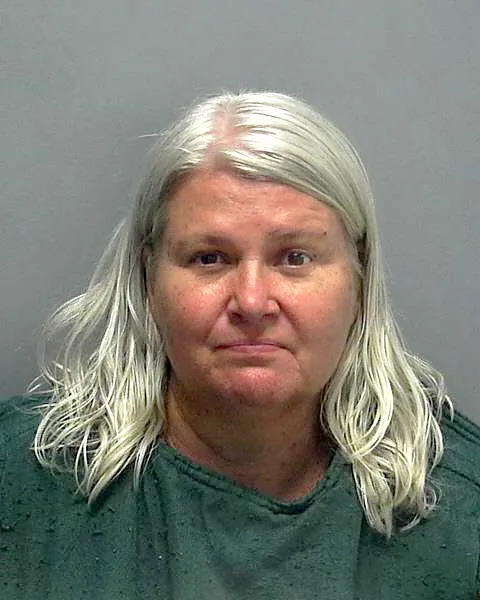Managing nursing home billing is not a cakewalk, especially when one of your patients has more than one insurance plan, as it makes things even more complex for you. This is exactly where the Coordination of Benefits (COB) kicks in, as it determines which insurance plan pays you first. The purpose of COB is to ensure that there is no chance of double-billing. You must know COB, its process workflow, and how to manage your nursing home billing services when a resident has both Medicare and private insurance plans.
What is COB?
COB is a process that enables you to stay away from issues like duplicate billing so that you can get timely payments without any hassle. This matters because most nursing home residents have more than one kind of insurance, like Medicare, Medicaid, private plans, Medicare Advantage, employer coverage, etc. You will definitely face a claim denial if you bill the wrong payer first. Medicare has clear rules. Always remember that your patient’s employer insurance pays first if they are still working. If they're retired, Medicare pays first. When your patient has both Medicare and Medicaid, Medicare pays you fast, and then comes Medicaid. If your patient comes under the Medicare Advantage Plan, the billing must go to the Advantage one instead of the regular Medicare plan. In cases where someone has both Medicare and private insurance, the billing order depends on their work status. If they're retired and have a Medigap plan, Medicare is primary, and the Medigap plan pays the rest. If your patient is still covered by a working spouse’s employer insurance, you should consider that employer insurance as the first payer and consider Medicare as the secondary payer. Always ask your patients about current employment to figure out the correct billing order.
Now, you need to understand how the COB process works
The overall working process of COB:
COB shares your patient's Medicare eligibility data with other payers and can even send claims to secondary insurers, but it only applies when there is an agreement between Medicare's Benefits Coordination & Recovery Center (BCRC) and the private insurance company. If there's no agreement, the person with Medicare must handle the coordination on their own. The goal is to prevent overpayment and make sure the total paid by all insurers never exceeds the actual bill. For prescription drug coverage (Part D), COB helps track other drug plans to correctly calculate out-of-pocket costs and helps employers join the Retiree Drug Subsidy (RDS) program. To gather COB data, Medicare uses many sources like federal and state programs, insurance companies, pharmacies, and assistance programs. It collects this data through different methods, such as Voluntary Data Sharing Agreements (VDSAs) with large employers to exchange group health plan information, including prescription coverage. Another method is the COB Agreement (COBA) Program, which lets Medicare send paid claim details to secondary payers like Medigap, Medicaid, and other plans. MMSEA section III requires insurers to report group health and liability coverage to Medicare only. Finally, CMS works with newer partners like pharmacy benefit managers and state assistance programs to ensure smooth coordination for everyone, especially the patient.
However, you can still improve your nursing home billing by knowing about the common mistakes and the best measures to avoid those pitfalls.
Common mistakes in nursing home billing services:
- Billing the wrong payer first: It leads to denials or overpayments.
- Missing insurance changes: Patients often switch plans. Not updating your records can result in billing errors.
- Not using the Medicare Secondary Payer Questionnaire: This form helps identify if Medicare is primary or not. Always complete it on admission.
- Missing EOB details: If you send an incomplete EOB, your claim may be rejected.
How to Stay on Track: Best Nursing Home Billing Practices to Follow
Use a Detailed Admission Checklist
Make sure you collect:
- All active insurance cards
- Employer information (for working patients)
- Signed MSP (Medicare Secondary Payer forms
Update this info regularly.
Provide your internal billing team with adequate education on COB:
Make sure your staff understands:
- Medicare's coordination rules
- When Medicare is primary vs. secondary
- How to read EOBs
Use Advanced Mechanism with COB Support
Many nursing home billing services leverage advanced mechanisms to:
- Flag primary/secondary coverage issues
- Submit claims electronically
- Attach EOBs automatically
- Choose a system that helps reduce errors.
The harsh reality is that most mid and small-sized nursing homes do not have enough budgets to hire and retain a dedicated billing team and infrastructure, thus causing them to fail to implement the strategies mentioned above. Are you also facing the same roadblock? No worries as you can simply outsource your nursing home billing services to a professional RCM company. A professional billing company has experienced professionals who know what it takes to handle COB and bill your patients' insurance companies accordingly on time to ensure perfect cash flow and revenue outcomes for your practice. So, what are you waiting for? Hire a perfect billing partner today and thrive in this super-competitive domain.


